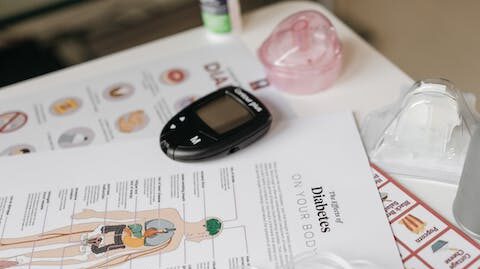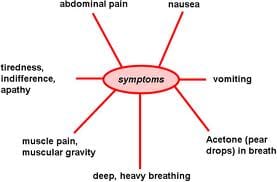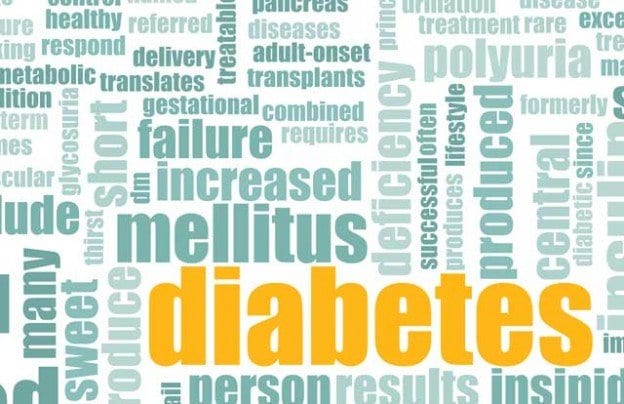Diabetes Insipidus: A Comprehensive Guide to Understanding the Condition
Diabetes insipidus, often misconstrued as a form of diabetes mellitus, is a rare condition characterized by excessive thirst and urination. Unlike diabetes mellitus, which affects insulin production, diabetes insipidus stems from a hormonal imbalance that disrupts the body’s ability to regulate water absorption. This imbalance leads to the production of large amounts of dilute urine, leaving the body in a state of constant dehydration.









